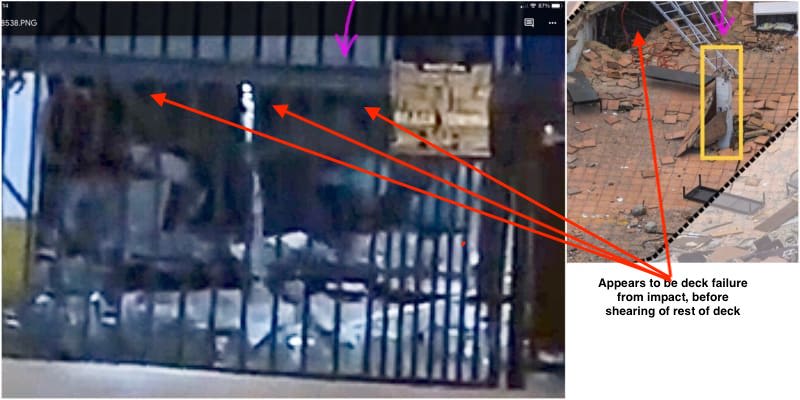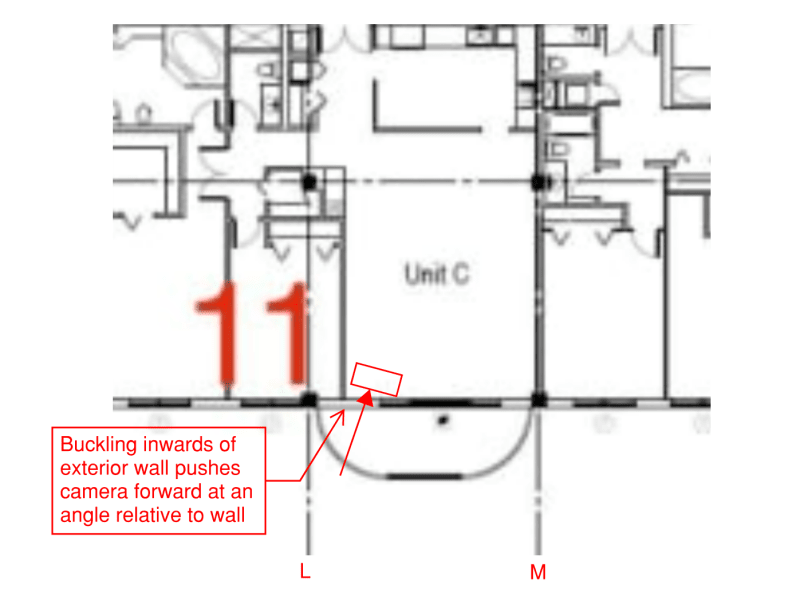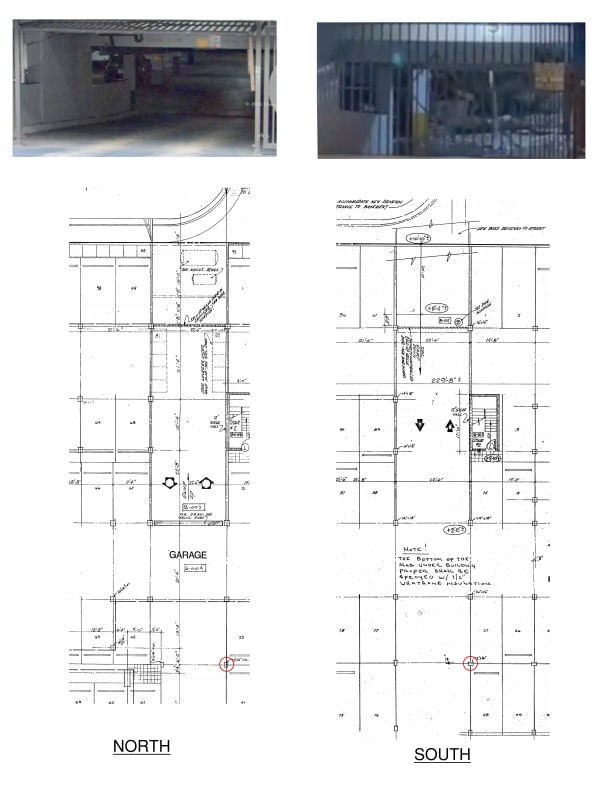@3DSoftwareDev - great post and thanks for this, as actually some of your thoughts I had also had - and it was your initial analysis that prompted me to finally get off my behind and look at this video in detail which I'd meant to do for days, so thanks

I suspect you are right on the flash of light. Clearly in terms of cause/effect, if indeed the first image is a bug/still image, then I 100% concur this is what it is. Perhaps I have tried to make the image fit the theory too much on this specific element.
I do have an issue with the table/credenza thought though, as again this was something I had thought about quite a bit. Couple of reasons. First of all - people. If such a unit (which would even if small be of reasonable size) was in place, the occupant would have placed this unit
in front of the large glass doors (or part of them) leading to the balcony. Now my feng shui isnt top notch (!) but this feels like a very odd thing to do. More likely is that this is a much smaller table (or shelf) that is tucked into the corner. Just from an aesthetics in the video perspective also, that far left pillar looks identical to the wall - it looks like plaster not furniture, albeit this is obviously hard to define well. Also, for such an amount of vibration and movement in the room, the camera (an inherently light item) is unbelievably still and consistent in relation to the furniture if not fixed to it. Its obviously not beyond the realms of possiblity that the camera has been secured to the tabletop, but again its not a "natural" thing for someone to do, especially in a $700k condo. The jolt at 7 seconds was significant enough not only to move the tv box, but the three boxes beside - it just doesnt feel right to me that the camera wouldnt move a cm or so if resting. I also dont think whatever it is resting on has any kind of "top" as otherwise the debris couldnt fall as far back as it does (probably).
Perhaps the killer piece - the brighter object to the left casts a shadow from the sensor from the camera. The pillar above does not, which implies it is further away than appears in the video, hence the view that it is the wall or door frame inside angle (that definitely exists in that location in that condo).
Could all be wrong. But all in all I really dont see this being "freestanding" furniture. I also struggle to believe that the box and this "table" would be the lightest two items in that room to move, especially compared to the stools sitting on smooth tile, and the glass sitting on the table.
That black object (fridge?) on the right is also troublesome. It (I think reasonably clearly) starts to develop a gap between the top of it and the wall. That doesnt fit with a downward to the right slope. It would fit with downward to the
left, or with a right wall deformity where the top of the wall is moving further to the right - which could(?) tie in with the "bar" to the left of the camera being a wall and also moving to the right.
Feels like minutae detail - and it is. But you are right that if the far left "bar" is part of the furniture not part of the condo then a lot of my interpretation is off. But it just doesnt seem it to me, if it is then actually for me it creates many more questions than it answers (for example - if the room is tilted enough for that table to start to slide, theres no way in my view that the lighter boxes just in front, or the TV, dont start to tip or slide).


![[glasses] [glasses] [glasses]](/data/assets/smilies/glasses.gif)

